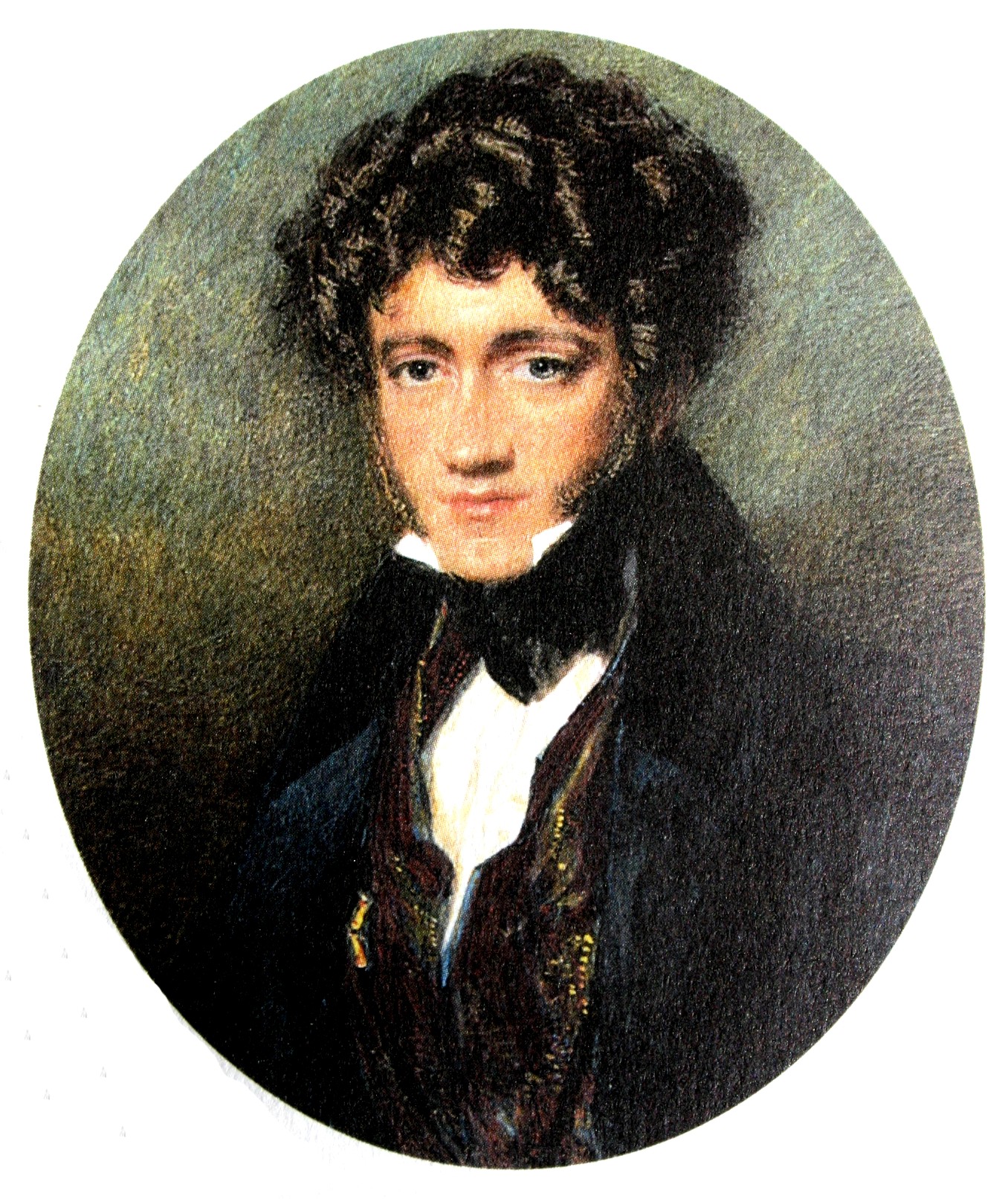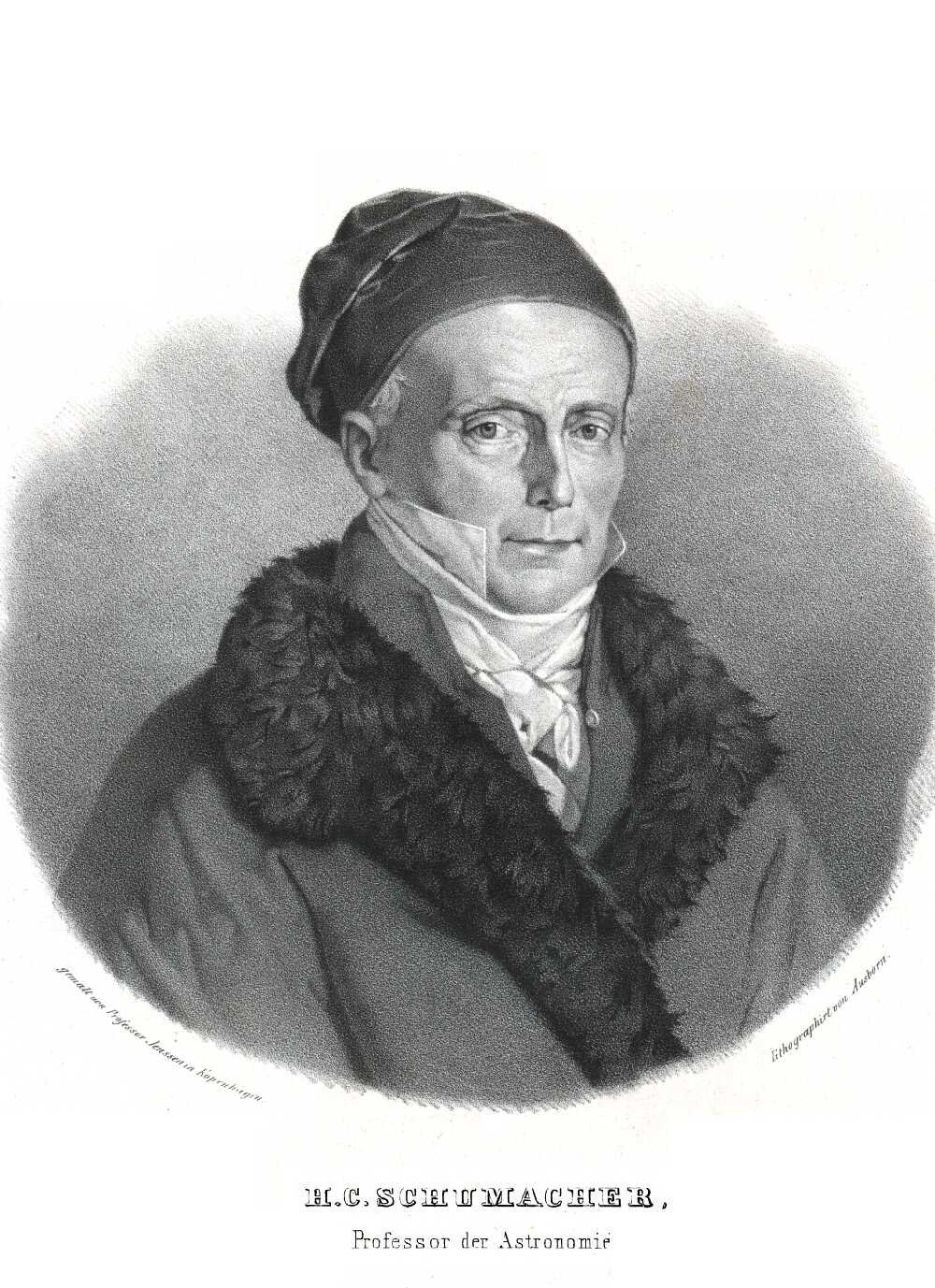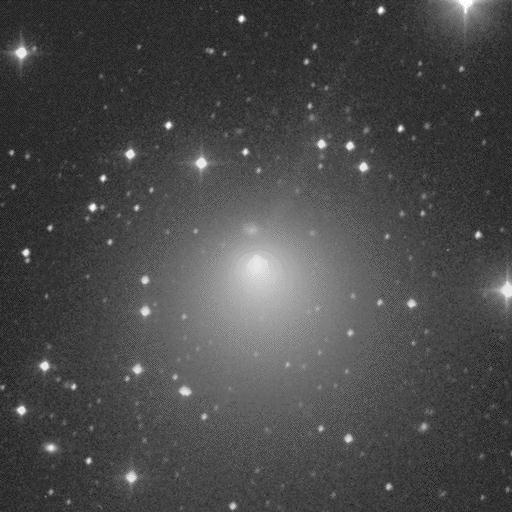|
Biela's Comet
Biela's Comet or Comet Biela (official designation: 3D/Biela) was a periodic Jupiter-family comet first recorded in 1772 by Montaigne and Messier and finally identified as periodic in 1826 by Wilhelm von Biela. It was subsequently observed to split in two and has not been seen since 1852. As a result, it is currently considered to have been destroyed, although remnants have survived for some time as a meteor shower, the Andromedids which may show increased activity in 2023. Discovery The comet was first recorded on 8 March 1772 by Jacques Leibax Montaigne; during the same apparition it was independently discovered by Charles Messier. It was also recorded in 1805 by Jean-Louis Pons, but was not recognized as the same object. Around 9 December 1805 comet Biela passed about from Earth. After the 1805 apparition a number of attempts were made by Gauss (1806) and Bessel (1806) to calculate a definitive orbit. Gauss and Olbers both noted a similarity between the 1805 and 1772 ... [...More Info...] [...Related Items...] OR: [Wikipedia] [Google] [Baidu] |
Elongation (astronomy)
In astronomy, a planet's elongation is the angular separation between the Sun and the planet, with Earth as the vertex (geometry), reference point. The greatest elongation is the maximum angular separation. ephemeris, Astronomical tables and websites, such as Heavens-Above, forecast when and where the planets reach their next maximum elongations. Sometimes elongation may instead refer to the angular distance of the Moon relative Earth or the natural satellite of another planet from its central planet, for instance the angular distance of Io (moon), Io from Jupiter. A Quadrature (astronomy), quadrature occurs when the position of a body (moon or planet) is such that its elongation is 90° or 270°; i.e. the body-earth-sun angle is 90°. Of inferior planets The greatest elongation of a given inferior planet occurs when this planet's position, in its orbital path around the Sun, is at tangent to the observer on Earth. Since an inferior planet is well within the area of Earth's o ... [...More Info...] [...Related Items...] OR: [Wikipedia] [Google] [Baidu] |
Solar Elongation
In astronomy, a planet's elongation is the angular separation between the Sun and the planet, with Earth as the reference point. The greatest elongation is the maximum angular separation. Astronomical tables and websites, such as Heavens-Above, forecast when and where the planets reach their next maximum elongations. Sometimes elongation may instead refer to the angular distance of the Moon relative Earth or the natural satellite of another planet from its central planet, for instance the angular distance of Io from Jupiter. A quadrature occurs when the position of a body (moon or planet) is such that its elongation is 90° or 270°; i.e. the body-earth-sun angle is 90°. Of inferior planets The greatest elongation of a given inferior planet occurs when this planet's position, in its orbital path around the Sun, is at tangent to the observer on Earth. Since an inferior planet is well within the area of Earth's orbit around the Sun, observation of its elongation should not ... [...More Info...] [...Related Items...] OR: [Wikipedia] [Google] [Baidu] |
Georgios Konstantinos Vouris
Georgios Konstantinos Vouris (; (1802–1860) aka Georg Konstantin Bouris was a Greek astronomer, physicist, mathematician, author, and professor. He was a pioneer in 19th-century Greek astronomy. Vouris lobbied tirelessly to create an astronomical observatory in Athens. He was the first director of the National Observatory of Athens. It was completed in 1846. Greece reconnected with its Astronomical roots. It was the first time since antiquity that a country named Greece played a significant role in Astronomy. He was the first author to publish a university textbook in the field of mathematics since the inception of the new country. He was born in Vienna to Greek parents. He studied astronomy and mathematics with some of the most important scientists of the time namely Andreas von Ettingshausen and Joseph Johann von Littrow. He did significant research in the fields of astrophysics, astronomy, geodesy, meteorology, number theory, calculus, and probability theory. He mo ... [...More Info...] [...Related Items...] OR: [Wikipedia] [Google] [Baidu] |
François Arago
Dominique François Jean Arago (), known simply as François Arago (; Catalan: , ; 26 February 17862 October 1853), was a French mathematician, physicist, astronomer, freemason, supporter of the Carbonari revolutionaries and politician. Early life and work Arago was born at Estagel, a small village of 3,000 near Perpignan, in the ' of Pyrénées-Orientales, France, where his father held the position of Treasurer of the Mint. His parents were François Bonaventure Arago (1754–1814) and Marie Arago (1755–1845). Arago was the eldest of four brothers. Jean (1788–1836) emigrated to North America and became a general in the Mexican army. Jacques Arago, Jacques Étienne Victor (1799–1855) took part in Louis de Freycinet's exploring voyage in the ''Uranie'' from 1817 to 1821, and on his return to France devoted himself to his journalism and the drama. The fourth brother, Étienne Arago, Étienne Vincent (1802–1892), is said to have collaborated with Honoré de Balzac in ''The ... [...More Info...] [...Related Items...] OR: [Wikipedia] [Google] [Baidu] |
John Herschel
Sir John Frederick William Herschel, 1st Baronet (; 7 March 1792 – 11 May 1871) was an English polymath active as a mathematician, astronomer, chemist, inventor and experimental photographer who invented the blueprint and did botanical work. Herschel originated the use of the Julian day system in astronomy. He named seven moons of Saturn and four moons of Uranus – the seventh planet, discovered by his father Sir William Herschel. He made many contributions to the science of photography, and investigated colour blindness and the chemical power of ultraviolet rays. His ''Preliminary Discourse'' (1831), which advocated an Inductive reasoning, inductive approach to scientific experiment and theory-building, was an important contribution to the philosophy of science. Early life and work on astronomy Herschel was born in Slough, Buckinghamshire, the son of Mary Baldwin and astronomer Sir William Herschel. He was the nephew of astronomer Caroline Herschel. He studied short ... [...More Info...] [...Related Items...] OR: [Wikipedia] [Google] [Baidu] |
Thomas Clausen (mathematician)
Thomas Clausen (16 January 1801, Snogbæk, Sottrup Municipality, Duchy of Schleswig – 23 May 1885, Tartu, Imperial Russia) was a Danish mathematician and astronomer. Life Clausen learned mathematics at home. In 1820, he became a trainee at the Munich Optical Institute and in 1824, at the Altona Observatory after he showed Heinrich Christian Schumacher his paper on calculating longitude by the occultation of stars by the moon. In 1828, he discovered Clausen's formula. He eventually returned to Munich, where he conceived and published his best known works on mathematics. In 1832, he discovered the Clausen function. In 1842, Clausen was hired by the staff of the Tartu Observatory, becoming its director in 1866–1872. Works by Clausen include studies on the stability of Solar System, comet movement, ABC telegraph code and calculation of 250 decimals of pi (later, only 248 were confirmed to be correct). In 1840, he discovered the Von Staudt–Clausen theorem. Also in 1 ... [...More Info...] [...Related Items...] OR: [Wikipedia] [Google] [Baidu] |
Astronomische Nachrichten
''Astronomische Nachrichten'' (''Astronomical Notes''), one of the first international journals in the field of astronomy, was established in 1821 by the German astronomer Heinrich Christian Schumacher. It claims to be the oldest astronomical journal in the world that is still being published. The publication today specializes in articles on solar physics, extragalactic astronomy, cosmology, geophysics, and instrumentation for these fields. All articles are subject to peer review. Early history The journal was founded in 1821 by Heinrich Christian Schumacher,''Publications of the Astronomical Society of the Pacific'', page 60, v.7 (1895) under the patronage of Christian VIII of Denmark, and quickly became the world's leading professional publication for the field of astronomy. Schumacher edited the journal at the Altona Observatory, then under the administration of Denmark, later part of Prussia, and today part of the German city of Hamburg. Schumacher edited the first 31 issu ... [...More Info...] [...Related Items...] OR: [Wikipedia] [Google] [Baidu] |
Jean-Félix Adolphe Gambart
Jean-Félix Adolphe Gambart (12 May 1800 – 23 July 1836) was a French astronomer. He was born in Sète in Hérault department, the son of a sea captain. His intelligence was noticed at a young age by Alexis Bouvard, who persuaded him to join the astronomy profession. In 1819 he joined the Marseilles Observatory and became the director in 1822. During his career he recorded a number of observations of the satellites of Jupiter, and discovered a total of 13 comets. In 1832 he observed the transit of Mercury across the Sun, noting that the planet appeared deformed as it approached the edge. He suffered from tuberculosis, and in 1836 died from cholera in Paris, aged 36. The crater Gambart on the moon is named after him.Antonín Rükl: ''Atlas Měsíce'' (Atlas of the Moon), Aventinum (Prague 1991), chapter Stadius, p. 90, Crater Gambart o ... [...More Info...] [...Related Items...] OR: [Wikipedia] [Google] [Baidu] |
Comet Encke
Comet Encke , or Encke's Comet (official designation: 2P/Encke), is a periodic comet that completes an orbit of the Sun once every 3.3 years. (This is the shortest period of a reasonably bright comet; the faint main-belt comet 311P/PanSTARRS has a period of 3.2 years.) Encke was first recorded by Pierre Méchain on 17 January 1786, but it was not recognized as a periodic comet until 1819 when its orbit was computed by Johann Franz Encke. Like Halley's Comet, it is unusual in its being named after the calculator of its orbit rather than its discoverer. Like most comets, it has a very low albedo, reflecting only 4.6% of the light its comet nucleus, nucleus receives, although comets generate a large coma (cometary), coma and tail that can make them much more visible during their perihelion (closest approach to the Sun). The diameter of the nucleus of Encke's Comet is 4.8 km. Discovery As its official designation implies, Encke's Comet was the first periodic comet discovered af ... [...More Info...] [...Related Items...] OR: [Wikipedia] [Google] [Baidu] |
Comet Halley
Halley's Comet is the only known short-period comet that is consistently visible to the naked eye from Earth, appearing every 72–80 years, though with the majority of recorded apparitions (25 of 30) occurring after 75–77 years. It last appeared in the inner parts of the Solar System in 1986 and will next appear in mid-2061. Officially designated 1P/Halley, it is also commonly called Comet Halley, or sometimes simply Halley. Halley's periodic returns to the inner Solar System have been observed and recorded by astronomers around the world since at least 240 BC, but it was not until 1705 that the English astronomer Edmond Halley understood that these appearances were re-appearances of the same comet. As a result of this discovery, the comet is named after Halley. During its 1986 visit to the inner Solar System, Halley's Comet became the first comet to be observed in detail by a spacecraft, ''Giotto'', providing the first observational data on the structure of a comet nu ... [...More Info...] [...Related Items...] OR: [Wikipedia] [Google] [Baidu] |
Orbit
In celestial mechanics, an orbit (also known as orbital revolution) is the curved trajectory of an object such as the trajectory of a planet around a star, or of a natural satellite around a planet, or of an artificial satellite around an object or position in space such as a planet, moon, asteroid, or Lagrange point. Normally, orbit refers to a regularly repeating trajectory, although it may also refer to a non-repeating trajectory. To a close approximation, planets and satellites follow elliptic orbits, with the center of mass being orbited at a focal point of the ellipse, as described by Kepler's laws of planetary motion. For most situations, orbital motion is adequately approximated by Newtonian mechanics, which explains gravity as a force obeying an inverse-square law. However, Albert Einstein's general theory of relativity, which accounts for gravity as due to curvature of spacetime, with orbits following geodesics, provides a more accurate calculation and u ... [...More Info...] [...Related Items...] OR: [Wikipedia] [Google] [Baidu] |







